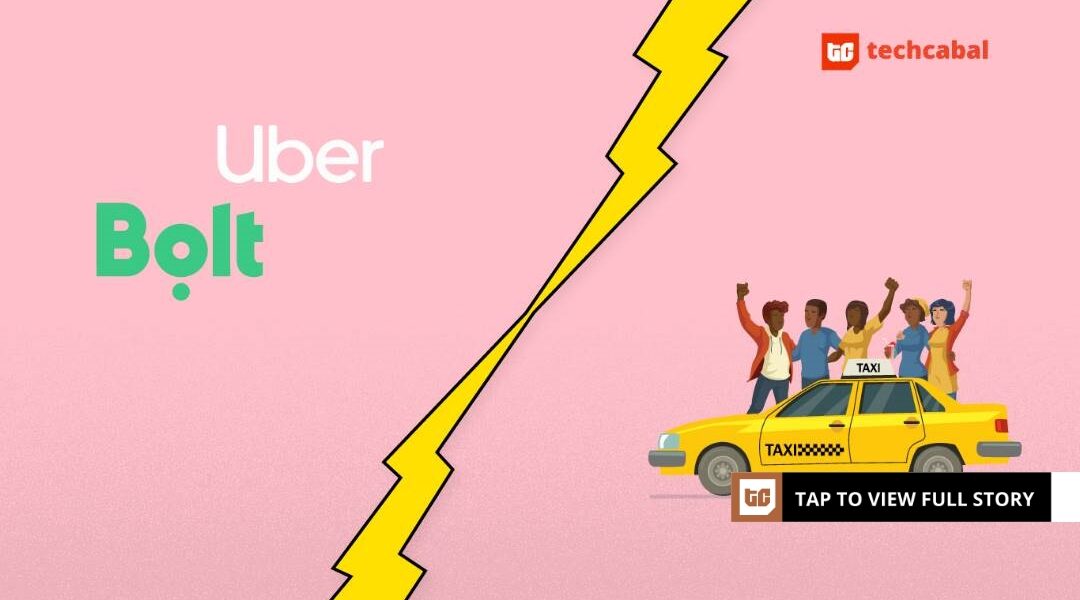Kenya’s journey-hailing drivers caught in the crossfire of low price rides and rising prices
When journey-hailing apps cherish Uber and Stir launched in Kenya in 2015, they promised riders a recent trip and better earnings for drivers. 9 years later, the firms have delivered low price rides for passengers, however driver companions have considered their incomes decline.
On July 16, taxi operators went on strike for the fourth time since 2020 to issue low pay and unfair working stipulations. The drivers lisp the fares pause no longer replicate the nation’s financial realities.
“A 25km day out is ready KES1,000 ($7.52). Must you deduct the 18% commission paid to the firm and diverse charges, you’re left with very miniature even to service the auto,” acknowledged Steve Mutisya, a 35-yr-extinct driver.
“My automobile consumes one litre per 20km. Even as you happen to pause the mathematics, that you just can well search for how miniature money I compose on the end of the month, but I if truth be told have a younger household.”
For a KES1,000 ($7.52) 25km day out, Mutisya would live with about KES 569 ($4.33) after deducting KES222 ($1.69) for 1.25 litres, KES180 ($1.37) as 18% service price paid to the firms and KES28.8 ($0.22), a 16% VAT on the service price.
Uber and Stir reviewed day out prices in 2022 after the Ministry of Transport capped the commission paid to the firms at 18%. That received over the drivers for some time. Nevertheless, the price of gas and automobile parts has elevated, pushing operators to the edge.
Stir-hailing apps horror that customers are label-sensitive and that increasing fares would minimize patronage. The design back is that somebody in the label chain has to take it in the neck for this form of precarious industrial mannequin.
Uber and Stir did eventually answer to electronic mail requests for comments.
For the explanation that 2022 label overview, petrol prices have elevated by as much as KES50 ($0.37) a litre. Car maintenance has spiralled up following an import responsibility compose better on spare parts from 25% to 35% apart from a 20% excise tax.
“In 2022, brake pads would price me KES1,200 ($9) and a factual service between KES6,000 ($forty five) to KES10,000 ($75). On the present time, brake pads on my own jog for KES6,000,” Mutisya acknowledged.
The high maintenance price has forced insurance coverage firms to quit maintaining some neatly-liked automobile models among taxi operators alongside side Suzuki Alto, Honda Fit and Mazda Demio.

Taxi drivers who took loans to secure autos were left with unaffordable debt they can’t service. Kenya’s transport industry accounts for KES45.6 billion ($3.3 billion) of the banking sector’s KES651.8 billion ($4.9 billion) non-performing loans, in conserving with the Central Financial institution of Kenya (CBK).
“I took a KES120,000 ($902) loan to high up my financial savings for this automobile. I had to quiz for attend from household to definite the debt for the explanation that money I was getting would possibly well no longer,” acknowledged John Munyao, a Stir driver in Nairobi. “I know of fellow workers who took loans to grow their hastily and are in actual fact struggling to repay.”
The Ridehail Trasport Association, with out a doubt one of many sphere representatives, wants the firms to embody drivers in surroundings minimal and noxious fares.
“The actual individual that sets the costs doesn’t possess the price of working the industrial,” Zakaria Mwangi, secretary long-established of the association, informed TechCabal on July 15. “Within the terminate, the taxi apps resolve the price of daily out, no longer the driver.”
Get to secure your early-chook tickets to the Moonshot Conference? Click this hyperlink to snatch ’em and test out our hastily-rising checklist of audio system coming to the convention!


